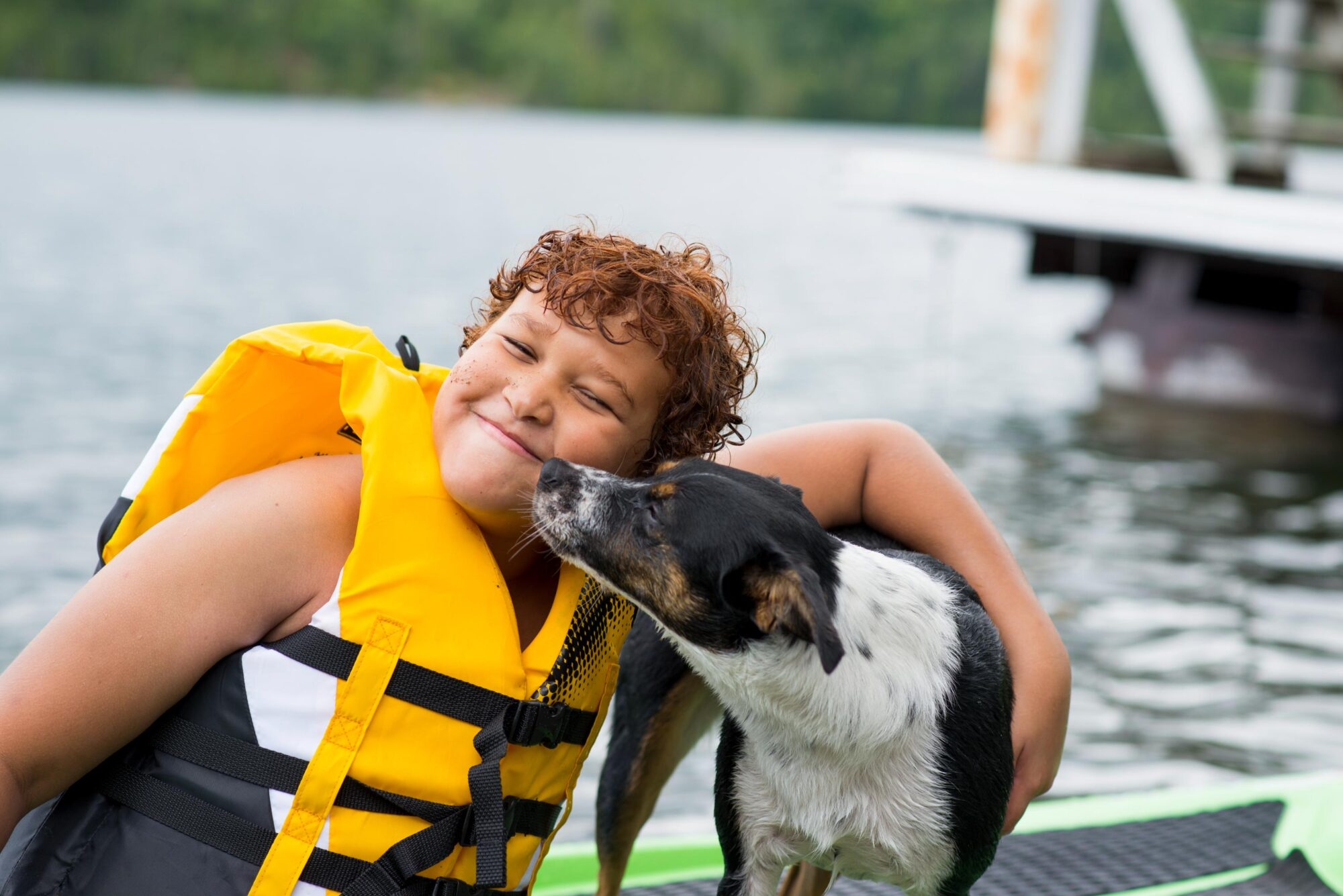Summer Pet Safety

Most Texans are well accustomed to the summer sun, but that doesn’t mean our pets naturally lean into the heat like we do. In the blink of an eye, a fun afternoon can turn into an emergency trip to the vet without the proper precautions. Luckily, our team had put together this guide to help you practice summer pet safety all season long.
The Balance
Pet owners feel compelled to keep their pets moving throughout the summer. It’s not only good to stay physically active, but the effect on their mental health is just as important. While it’s vital to limit serious exertion during the hottest parts of the day, it’s just as important to schedule times to move, engage, and play. Just be sure to limit your outside sessions to early morning or evening to avoid exposing your pets to the hottest parts of the day. The rule of thumb is that if it’s too hot for you to walk around barefoot, it’s definitely too hot for your pet’s paws to endure sizzling concrete, asphalt, and gravel walkways.
The Importance of Shade and Breaks
There are many breeds that enjoy and can withstand the heat. However, they still must have access to shade, cool water, and cross ventilation. Depending on the daily forecast, never leave your pet outside while you’re away from home, and never leave them inside a parked car. It only takes a few minutes for the interior of a car to reach dangerous temperatures. You can also:
- Install a pet pool for them to cool off and play in
- Keep fresh water in several bowls located around the house and yard
- Give them small pieces of ice to chomp on, or get creative by making your own pupsicles
- Add wet food to their diet to increase hydration
- Invest in a high-quality cooling mat for them to lay on
The heat affects pets in different ways. Be sure to apply extra caution with senior pets, puppies/kittens, and those with chronic health conditions.
Heatstroke Awareness
Because they only sweat through their paw pads and by panting, our pets cannot cool themselves down as effectively and efficiently as we can. Consequently, when they are overexposed to the heat, and dangerously dehydrated, pets can suffer from heat stroke. Excessive panting, uncharacteristic drooling, lethargy, and collapse should be taken seriously and treated by an emergency veterinarian.
Internal body temperature must be brought down slowly to prevent shock. Apply lukewarm compresses to the groin, armpits, back, neck, and belly. Increase the airflow near them and call us for more directions.
Hot Weather Pet Care
Even the most seasoned pet owners have to contend with the extreme elements in Texas. With their safety, health, and happiness at the top of our priority list, we are here to help your pet through the heat of summer. Please reach out to our team at (830) 885-5443 with any questions or concerns.
